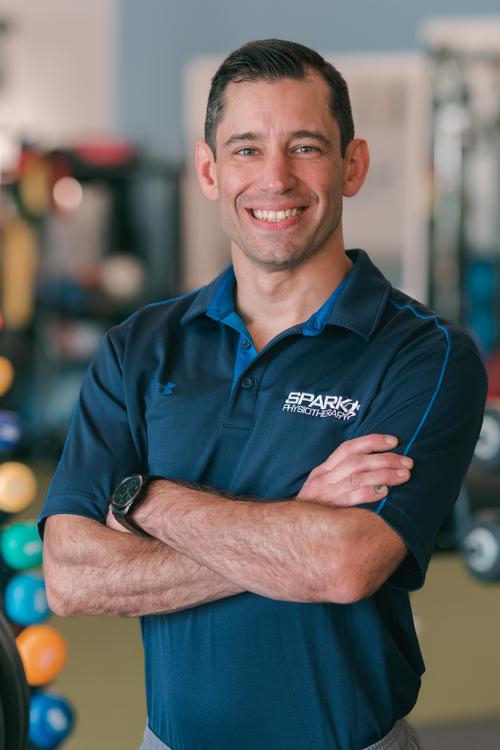How Physical Therapy in Northern Virginia Helps Aerialists and Dancers
With the fall season upon us and performances coming up, we are seeing a spike in sports injuries. During my aerial classes, I interact with a lot of aerialists, and a question that I usually ask is, “Are you doing any kind of exercises outside of your aerial work?”
As Dr. Ivy Jordan wrote in a previous blog, “ to be a good runner, you must run; to be a great runner, you must strength train.” The same adage applies to aerialists, dancers, and other athletes. Whether you are a professional or a novice dabbling in a sport/art form, strength training is critical to prevent injuries and progress to the next level of your practice.
Aerial is a very unique art form and many aerialists who do not strength train present with muscular imbalances that can lead to injury and a decline in performance. Due to the nature of our practice, we aerialists overuse the “pulling muscles” and demonstrate weakness in the “pushing” muscles. Constant climbing and over-reliance on the upper extremities contribute to rotator cuff injuries, scapular dysfunction, poor thoracic spine function, and compensatory strategies.
One way to address the push-pull imbalance is to perform activities that require weight-bearing on the arms. For instance, our sports physical therapist adds, working on handstands can strengthen the “push” muscles and give the “pull” muscles a much-needed break, which can help restore mechanical balance.
Strength is not the only factor; aerial is very much an endurance art. For instance, even if your rotator cuff muscles are relatively strong, a lack of muscular endurance can easily translate to injury. Actively working on muscular endurance and stabilization drills is key to protecting these often neglected muscles and making sure that your body is healthy and strong to operate at its peak.
Treatment for Aerial-Related Injuries ![aerialist in virginia outside]()
For the injured athlete and artist, trigger point dry needling is one manual intervention that the performance physical therapists at SPARK use to decrease pain and optimize performance. Myofascial trigger points (commonly referred to as “muscle knots”) are taut bands of muscle fibers located within a larger muscle.
Trigger points are tender to the touch and can refer pain to distant areas. Aerialists commonly present with trigger points in the upper trapezius/neck musculature as well as the rotator cuff muscles. Trigger points cause pain and pain changes the way we move, compromising our technique and making us more prone to further injury.
Ask about dry needling at SPARK Physiotherapy and find out how this intervention can help you excel and reach your goals.

.png)




